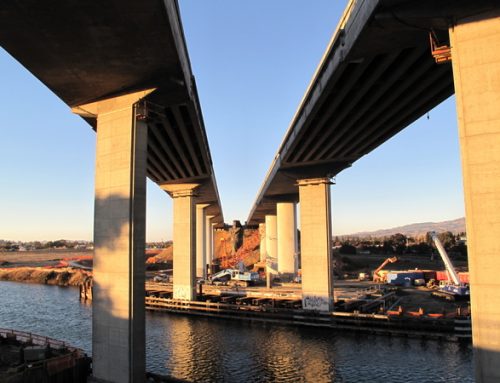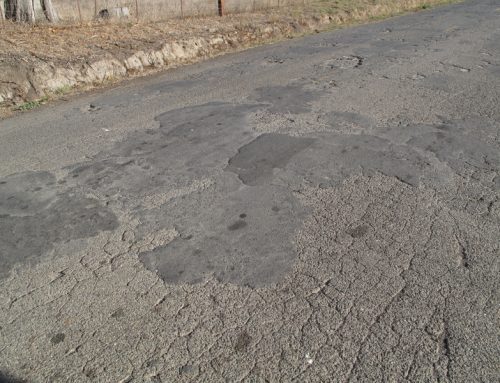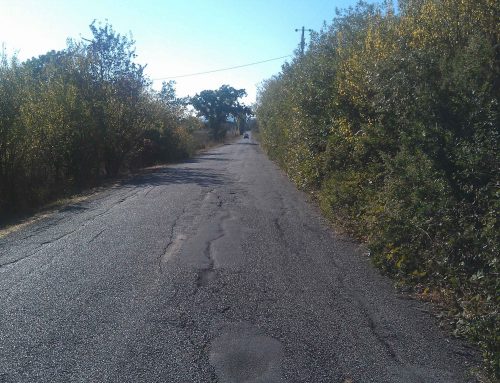Here’s a question from a Road Warrior reader:
I have been driving Highway 101 from 37 to SF every day for several years (over 15). During this period, I had taken into account various areas of water flooding, such as the Corte Madera dip. The “dip” was the only major area that was concerning. Recently, there has been a major re-asphalting project for Highway 101, which works great in dry weather. However, during recent rains I have noticed that there were over a dozen new flooded areas, with severe hydroplaning occuring where there was nothing before. Here’s my question: Will Caltrans fix this poor drainage issue on their new asphalt or will we just have to live with this highly dangerous change? Peter
The answer comes from Caltrans spokesman Steve A. Williams, who says Caltrans engineers looked into it and believe that when the paving work is done, flooding won’t be a problem. He says some sections of the highway still need a final layer of asphalt that will allow water to drain off while other stretches only have part of the road paved, creating low spots. He says the entire project just needs three to four days of dry weather to be finished.
Here’s another question:
I recently got a ticket on the back roads near Stafford Lake in Novato by CHP radar. Was cited for going 62 in a 50-mph speed limit area. Do you know if it is a requirement for CHP to post their plans to use radar on a given road prior to setting up the speed trap? Philip
The answer comes from CHP Officer Jon Sloat, the spokesman for the Sonoma County office. While his office doesn’t cover Novato, he says that before the CHP can use radar on a road, Caltrans or the county must survey the road to ensure that the posted speed limit is proper for that road. That certification is good for seven years and must be renewed for radar to continue to be used. Also, he says a sign must be posted “somewhere” in the county stating that radar is used to enforce speed limits.
So in Philip’s case, the sign doesn’t have to be on the back road he got nailed on. But he can check on the road’s radar certification by calling Caltrans or, in his case, Marin County’s transportation/public works department.
——————
Follow the Road Warrior on Twitter via @PDRoadWarrior



